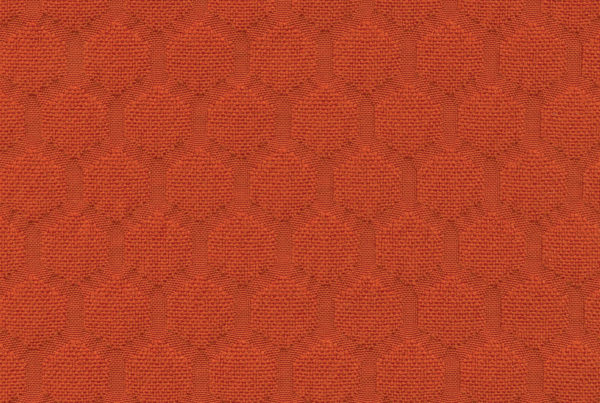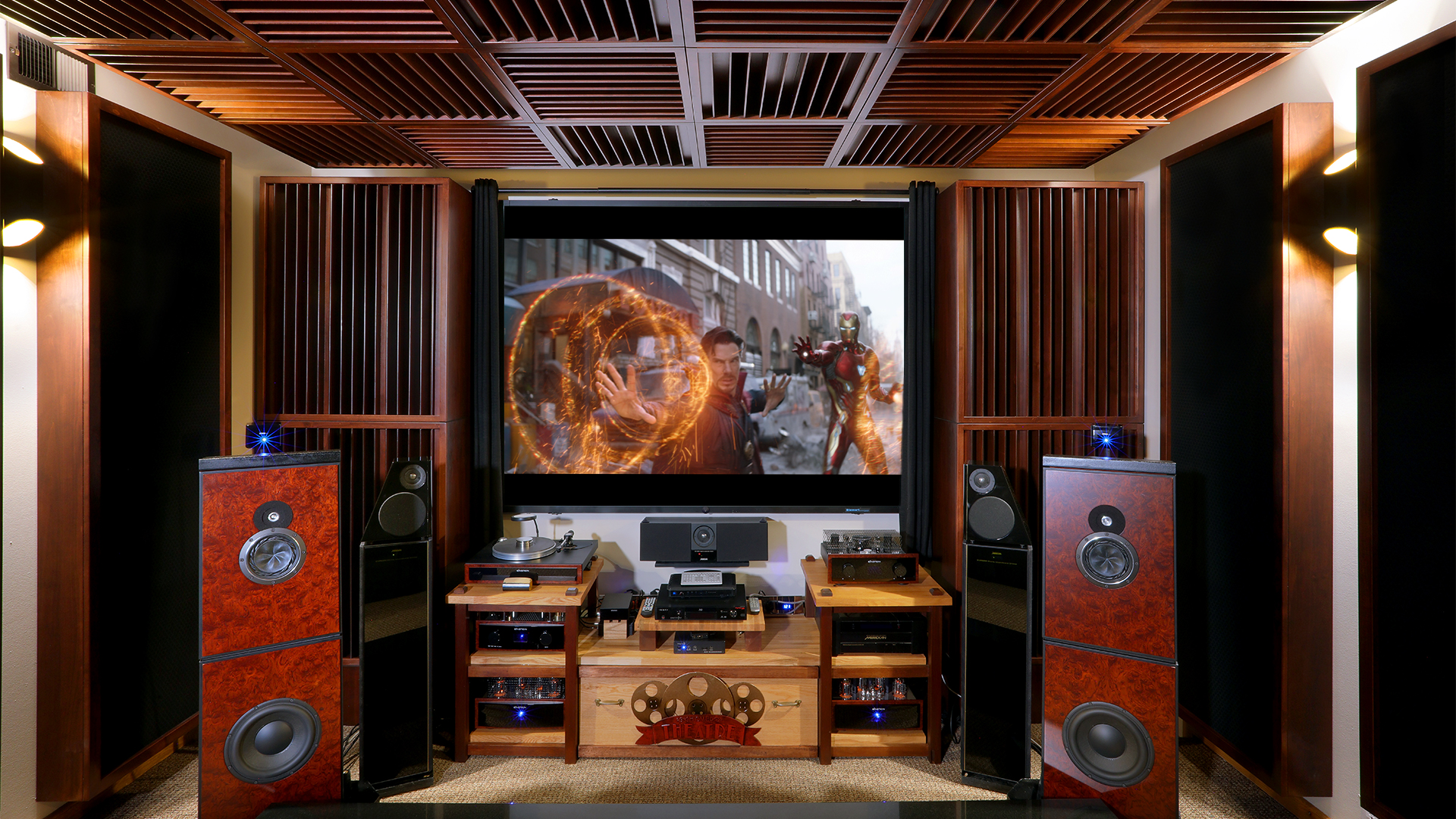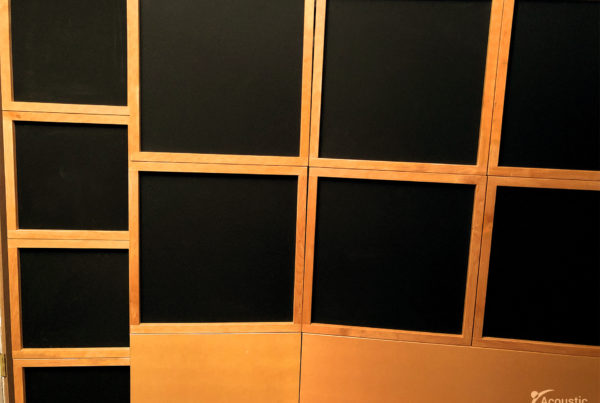In last weeks google hangout I was asked which home theater acoustic design software I would recommend? Well in all honesty, I don’t use a particular software that’s designed specifically for home acoustic design because I’m an engineer. I think in terms of energy and reflections and build-up of low frequencies and stuff like that, speakers are just sound sources to me.
There are programs where you can rate trace, and we use those programs, for they trace the distribution of middle and high frequency energy out of the speaker striking a room surfaces and then entering the listening position. We use those all the time but they wouldn’t be termed specifically a home theater acoustic design software for a room is a room in this instance.
They measure distance variables so after you do a few you realize that certain distances are problematic and you realize certain distances are not. So when I see in forums and questions that come through email that the back listening chair is one, two, three feet away from the rear wall I know from running past rate trace programs that that’s not acceptable acoustically. So as far as a particular software for home theater design, no we don’t use those.
Energy is the critical paradigm
We know that the energy created from all the sources in a home theater is critical and we know how they’re going to behave in rooms that have certain sizes, volumes and dimensions, but just allocating the correct room volume and dimensions and the proper room treatment for the sound fields that each one creates is not how it works.
This is a common misconception in home theaters. Everybody thinks that every part of the room should have similar treatments and nothing could be further from the truth. Because a home theater room is really broken up into three areas, you have your front of the theater, I call it the left channel and the right channel, then you have the center channel.
The center channel by definition is problematic because it’s usually a horizontal array that sits on a platform or counter close to the floor close to the screen. In an ideal world I would split that signal and two speakers on each side of the screen. I would have left, I would have left center, I would have right-center and I would have right channel. So my front end never have a single center channel, it would split that signal, keep it all in the horizontal dimension as the left and the right channel and not have a comb filtering artifacts that results from near screens and boundary surfaces because it creates tonal coloration in your vocals.
So that said, that particular part of the home theater has a specific sound field objective, localization of the center image, the ability to track the audio part of the presentation with the video screen. This video helps explain this a little better.
Sound and image correlation
If a jet or car goes left to right stage on the screen the sound has to follow not lag behind. If a jet flies overhead, the sound lags behind and the acoustical treatment must be designed to accommodate that. So at the front of the theater, we have different sound field objectives than the side channels. Side channels have different sound field objectives than the rear channels. All of those objectives require different acoustical treatment.
There’s no one-size-fits-all, there’s no easy answers and the treatment is dimensionally dependent on the room size and volume. All these factors have to be correlated. Achieving the sound field objectives of the rear channel is completely different than completing the sound field objectives of the front channels.
Let’s take an example
Front channels, good, strong localization and definition of the image. Do we want good, strong localization and definition of an image with rear channels? Absolutely not. We want just the opposite. We want non-localization, ambient energy reflected everywhere.
Completely different approaches, completely different acoustical treatments. So you have to look at each sound field created in your home theater and then design the acoustical treatment that works for it. Now here’s another wrench in the machinery, depending on what kind of speakers you have and the way that they emit energy into the room.
You can have dipoles which are slipped in terms of phase, you can have different speakers that have different dispersion patterns. All this has to be considered when you’re designing and building a home theater.
In Summary
So as far as which acoustic software to use there are many. But you first need to know what you are looking for and hopefully the above explanation has been of help. If you have follow up questions, feel free to contact me directly at: 520 – 392 – 9486 MST or info@acousticfields.com. Alternatively, if you complete this room analysis form https://www.acousticfields.com/free-acoustic-treatment-room-analysis-tell-us-about-your-room/ I can compare it to the database of rooms we have built and identify the problems you need to address.
Thanks
Dennis







